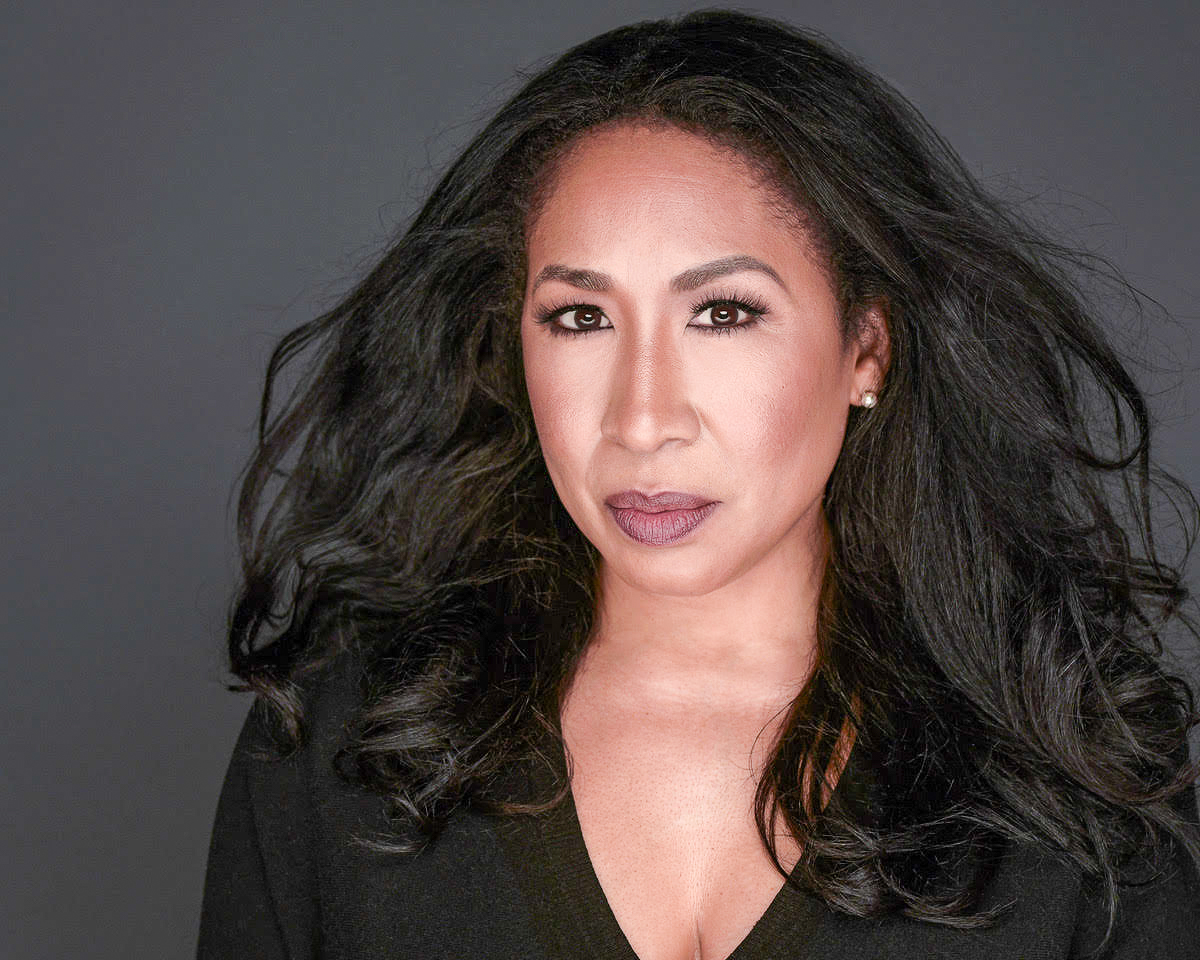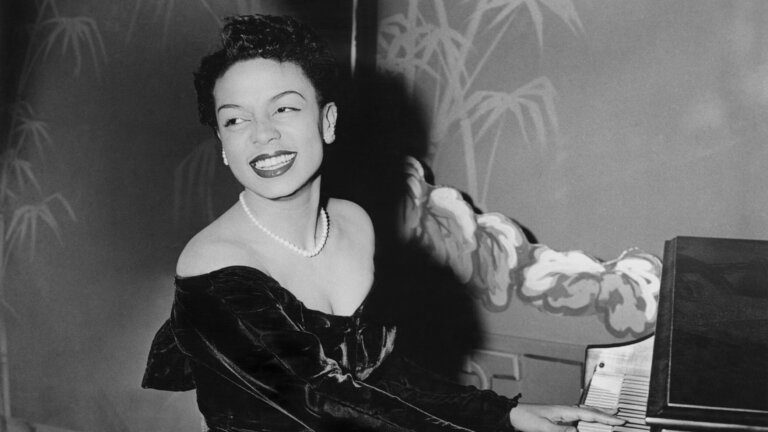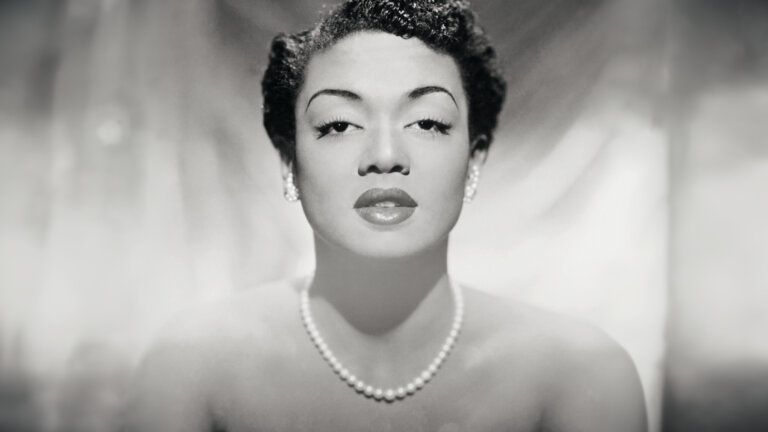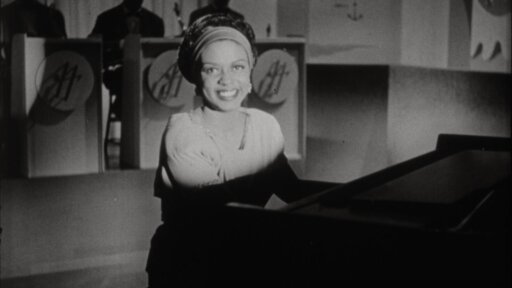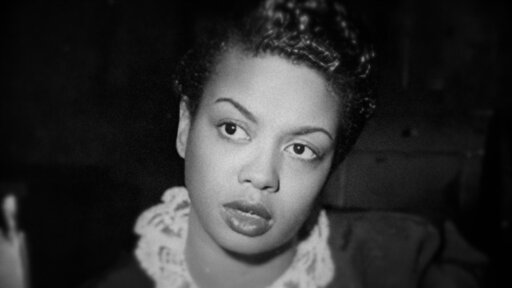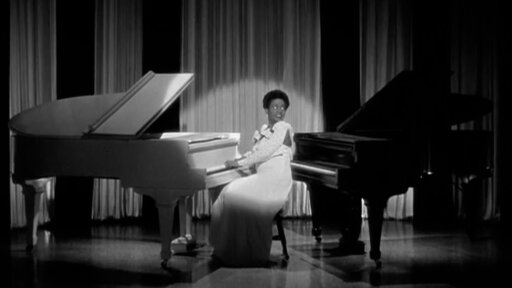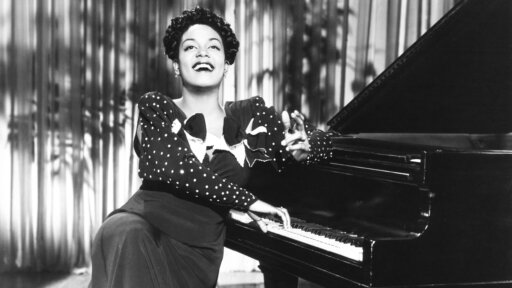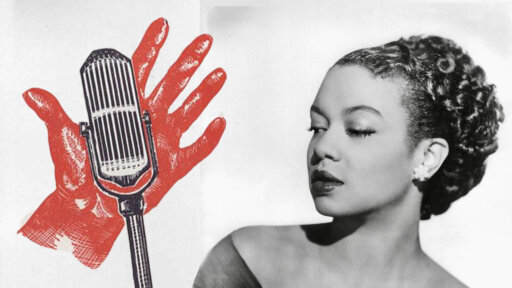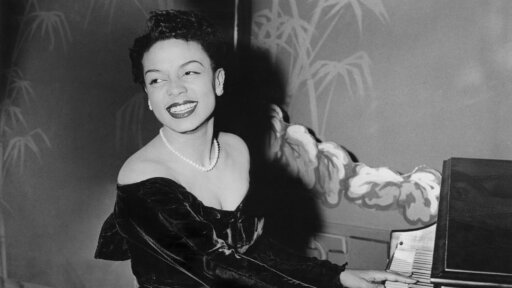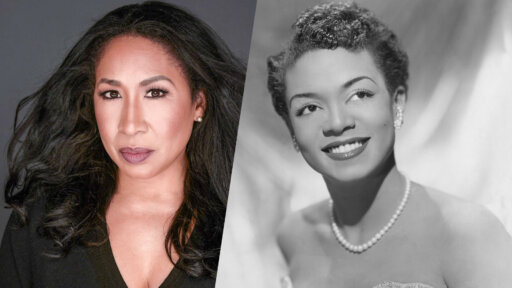Writer and actor Karen Chilton wrote the critically acclaimed biography on Hazel Scott, titled “Hazel Scott: The Pioneering Journey of a Jazz Pianist from Café Society to Hollywood to HUAC.” In it, she explores Scott’s legacy—one that deserves far more recognition than history has often given her.
In this Q&A, Chilton discusses her inspiration for writing the book, Hazel Scott’s groundbreaking influence and the challenges of uncovering the full story behind the multidimensional artist.
What drew you to write a biography on Hazel Scott?
Initially, I was interested in writing a book about Black American women who expatriated; specifically, women in the Arts who chose to live and work outside of the U.S. I was curious about that experience and how it informed their creative pursuits—the perceived advantages versus the actual advantages, the sacrifice and the struggle. When I began my research, I considered everyone from painters to sculptors to opera singers, musicians and writers . . . then, I stumbled upon Hazel Scott’s quotes in a book written by jazz drummer, Art Taylor, titled “Notes and Tones.”
Her personal statement on the expatriate experience while living in Paris was so candid, it made me wonder who she was, and why I’d never heard of her. I went looking for a Hazel Scott biography but when all I found were small blurbs scattered across various newspapers and music journals with mentions of her sold out concerts and her barrier-breaking TV show, I realized that she was the story I’d been searching for. So, I shelved the other book project and spent the next seven years culling research, piecing together her life story and her journey as a musician (with the help of her son, Adam Powell III), then contextualizing that journey into the biography.
Which performances or recordings of hers do you consider essential listening?
“The Chronological Hazel Scott 1946-1947” followed by “Round Midnight” (my personal favorite), and her seminal recording, “Relaxed Piano Moods,” featuring Charles Mingus on bass and Max Roach on drums. These three recordings mark the full arc of her career, from the early years when she made a name for herself ‘swinging the classics’ to the more seasoned years when her repertoire included music that she truly loved, where it was less about the uptempo crowd-pleasing numbers and more about what moved her artistically.
What’s the most surprising thing you learned about Hazel Scott while writing her biography?
Her expansive view of what it meant to be an artist. Although she was a child prodigy who had been immersed in the jazz and classical idioms throughout her career, she expressed an interest in writing an opera, a book of poetry, her memoir, a work of sacred music. She didn’t cast labels or limitations upon herself but saw herself as a real auteur whose talents expanded beyond category or genre. This was quite phenomenal considering the era, and where Black people and women were positioned in American society at the time.
What inspired Hazel Scott to become such a politically active artist?
She never wore what she called “the activist tag,” but her generation of Black artists, in general, had a sense of duty to the community, to uplift the race, to use their public platforms to further the cause of civil rights for all Black Americans. Hazel saw it as a responsibility that simply came with the territory. She was a celebrated artist during the era where ‘Jim Crow’ was still the law of the land in the South, where lynchings of Black people were a regular occurrence, where segregation and segregationist attitudes were widespread.
As an artist who reached the peak of her fame in the early 1940s, she believed every time she graced a stage, her presentation, her comportment, her image, her performance were a reflection of her race. Though she didn’t wave a flag or march in the streets, she used the concert stage to dispel prevailing myths about her people.
How do you see her sociopolitical stances reflected through her art?
She was the total embodiment of Black excellence—that, in and of itself, was a kind of political statement. She was an outspoken advocate of civil rights, but by virtue of her musical prowess, her high standards when it came to her performances, her refusal to portray subservient characters in film, her refusal to perform before segregated audiences, all of those boss moves contradicted every stereotype and racist trope that had been promulgated throughout the country about who and what a Black woman was supposed to be. Her art was her activism.
What lessons can we learn from Scott’s experience with HUAC and McCarthyism?
Hazel Scott’s defiant stand against HUAC after being blacklisted and written off as a communist sympathizer is a clear demonstration of what it means to be brave, and the cost of courage in this country. The career-ending effects of the McCarthy era are a cautionary tale for where we find ourselves today. Perhaps, Shakespeare said it best, ‘the past is prologue.’
So, the question then becomes what is the price of our collective freedom, our sense of fairness and justice? Who will fight the good fight?
What can we learn from Hazel Scott’s story to reflect upon our cultural moment today?
Hazel Scott’s story is an immigrant story; she is a testament to just how much the immigrant population impacts the greater society. She was a Caribbean-American woman who worked throughout her career to make a lasting contribution through her music. She is a brilliant example of true citizenship. Though lesser-known than some of her contemporaries, she remains one of the premier American artists of the 20th century.
[KAREN CHILTON is a New York-based Writer & Actor. A native of Chicago’s Southside, Ms. Chilton received her M.F.A. in Dramatic Writing from NYU Tisch School of the Arts and an undergraduate degree in Economics from Bradley University. www.karenchilton.com]
The views and opinions expressed in this article are those of the writer.


